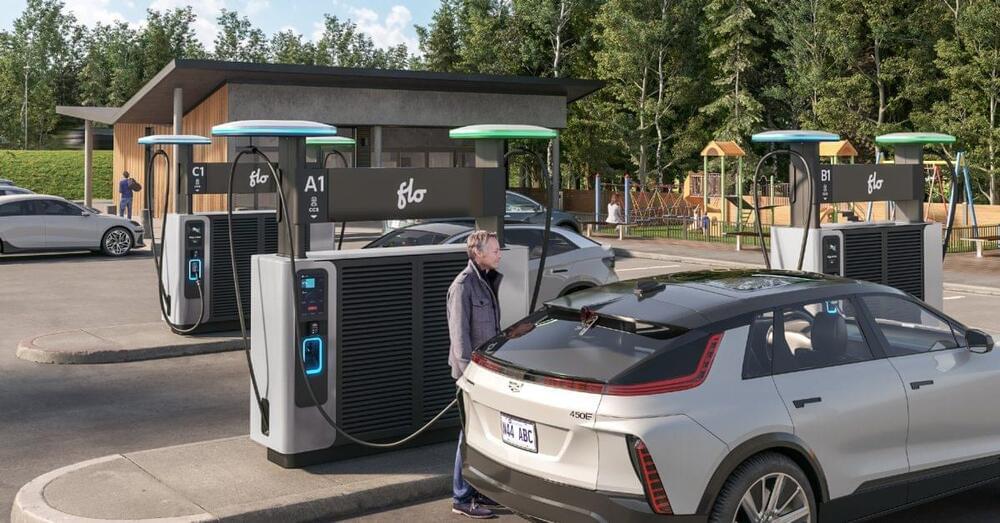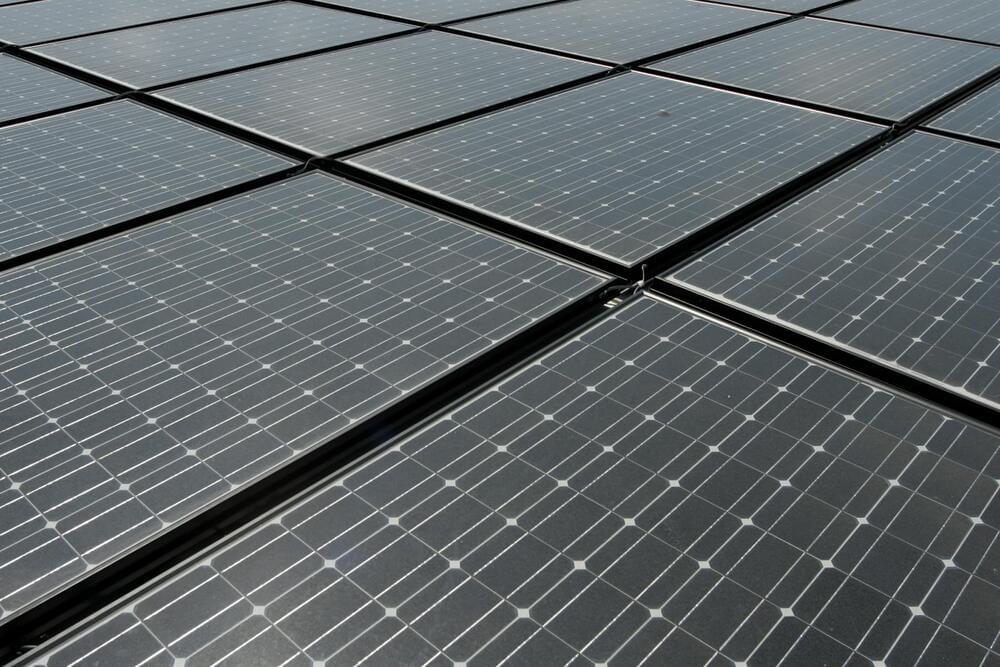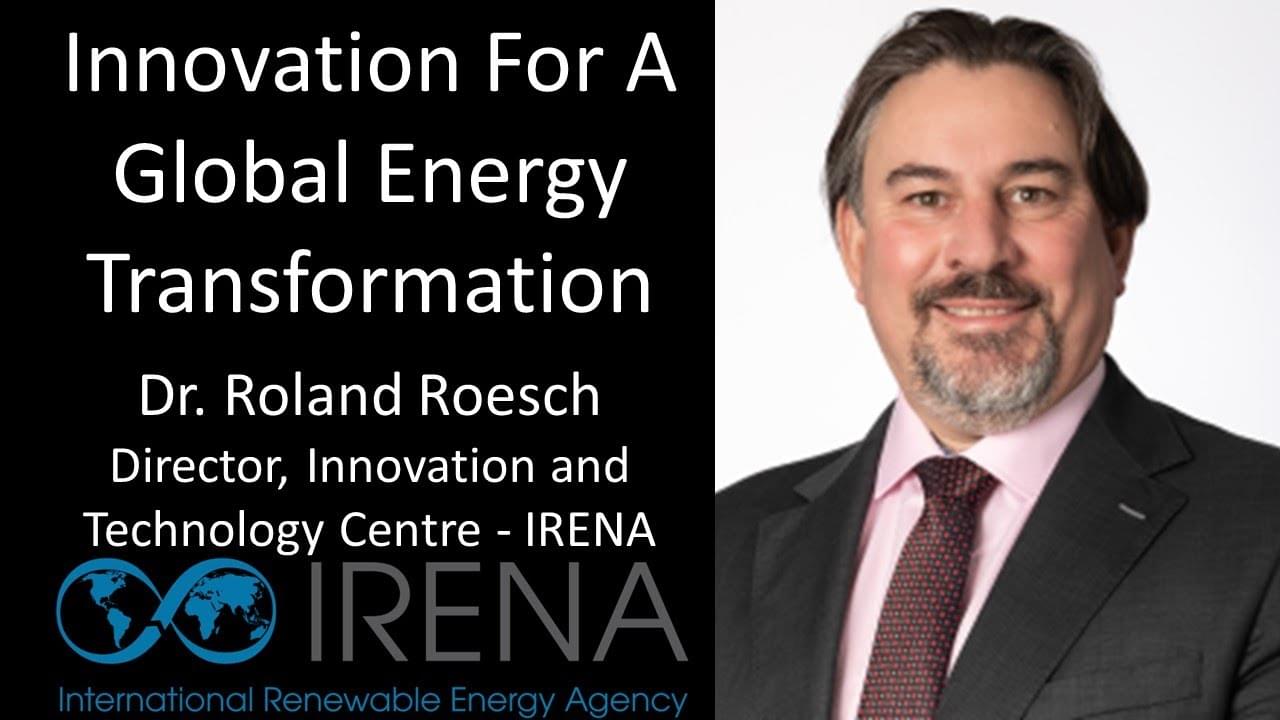May 24, 2024
FLO’s new Ultra DC fast chargers can charge EVs to 80% in 15 minutes
Posted by Shailesh Prasad in categories: government, sustainability, transportation
The first FLO Ultra DC fast chargers are rolling off the assembly line at the company’s Auburn Hills, Michigan, factory – and they’re pretty powerful.
The 320 kW FLO Ultra DC fast chargers feature a dual-port power configuration. The EV charging company designed them to comply with the federal government’s National Electric Vehicle Infrastructure Program (NEVI) standards and the Buy America Act, including 98% uptime. They can charge most EVs to 80% in just 15 minutes.
The FLO Ultra DC fast chargers feature the new FLO motorized cable management system. The EZLift system is designed to keep cables off the ground and provide extended reach, allowing the cable to reach EVs no matter where the port is located. The motorized system makes the cables feel lighter and easier to maneuver.
















